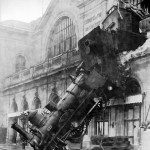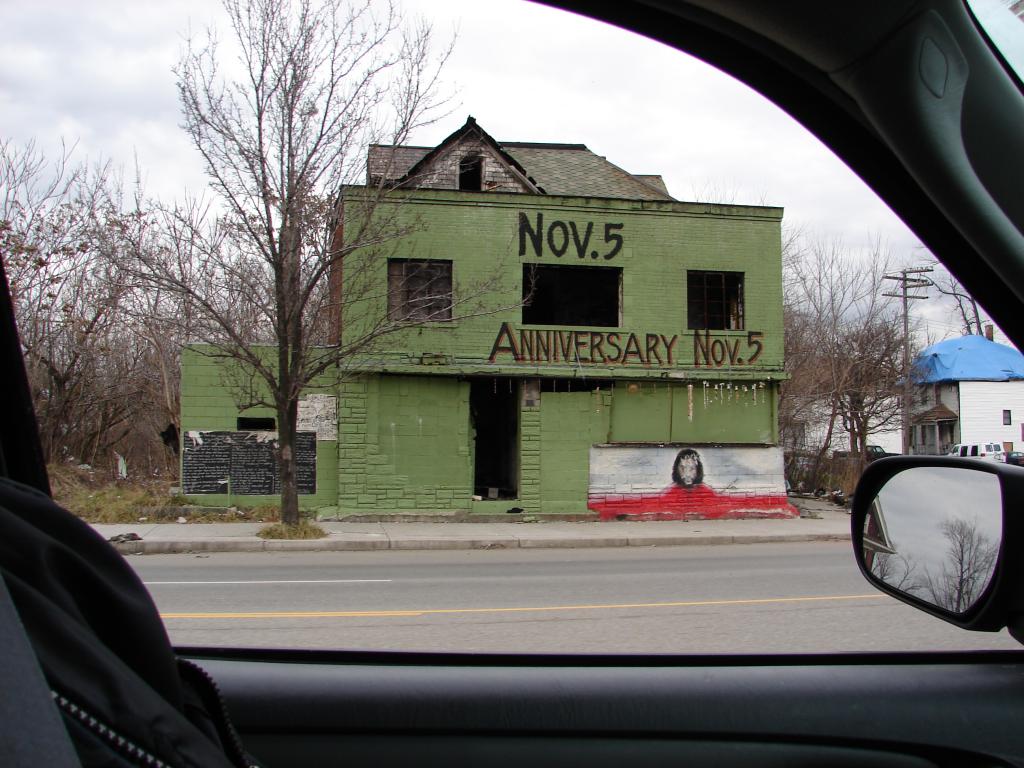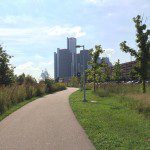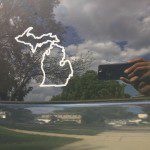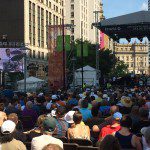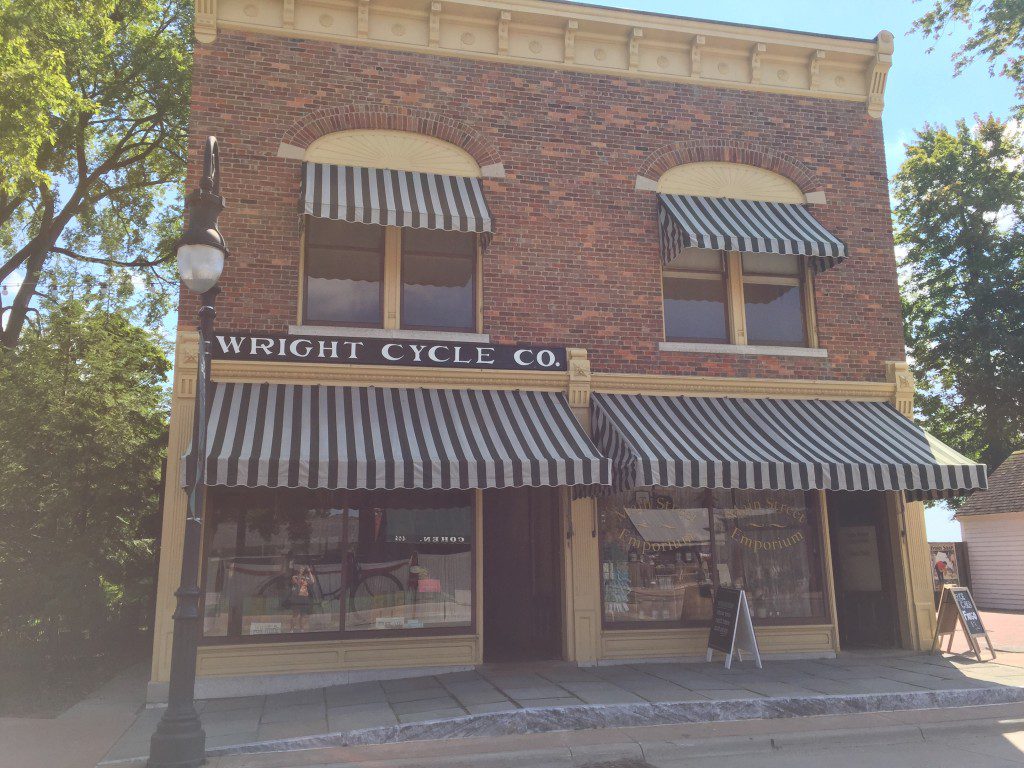
The Wright brothers’ bicycle shop.
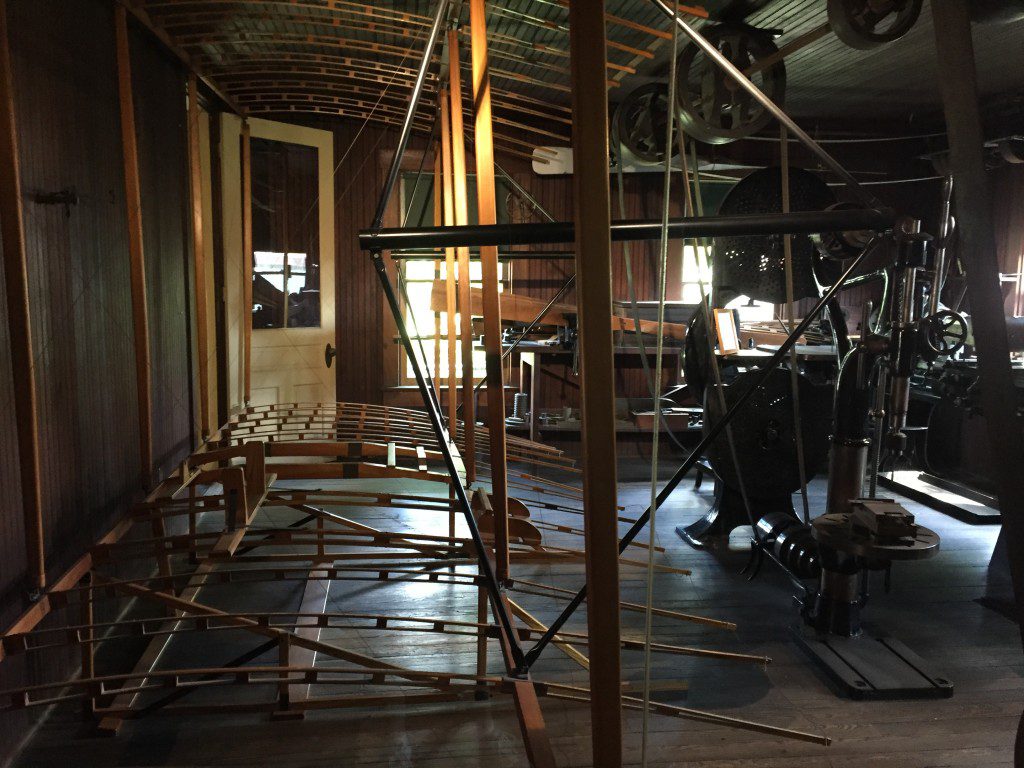
The back workshop.
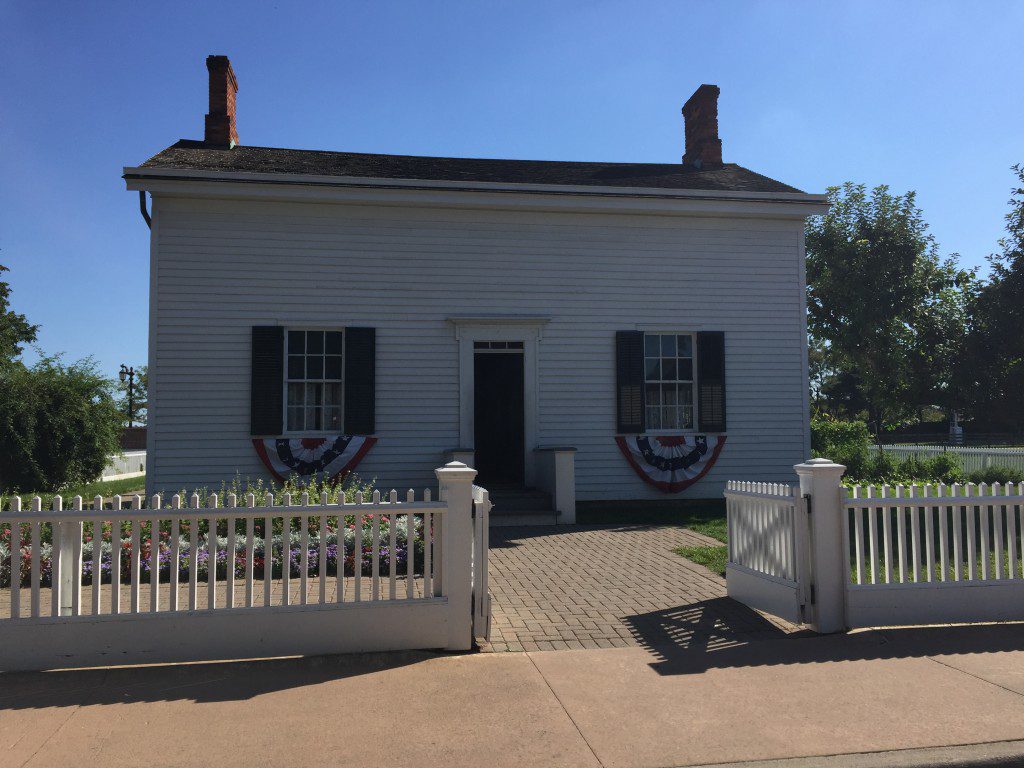
Henry Ford’s boyhood home.
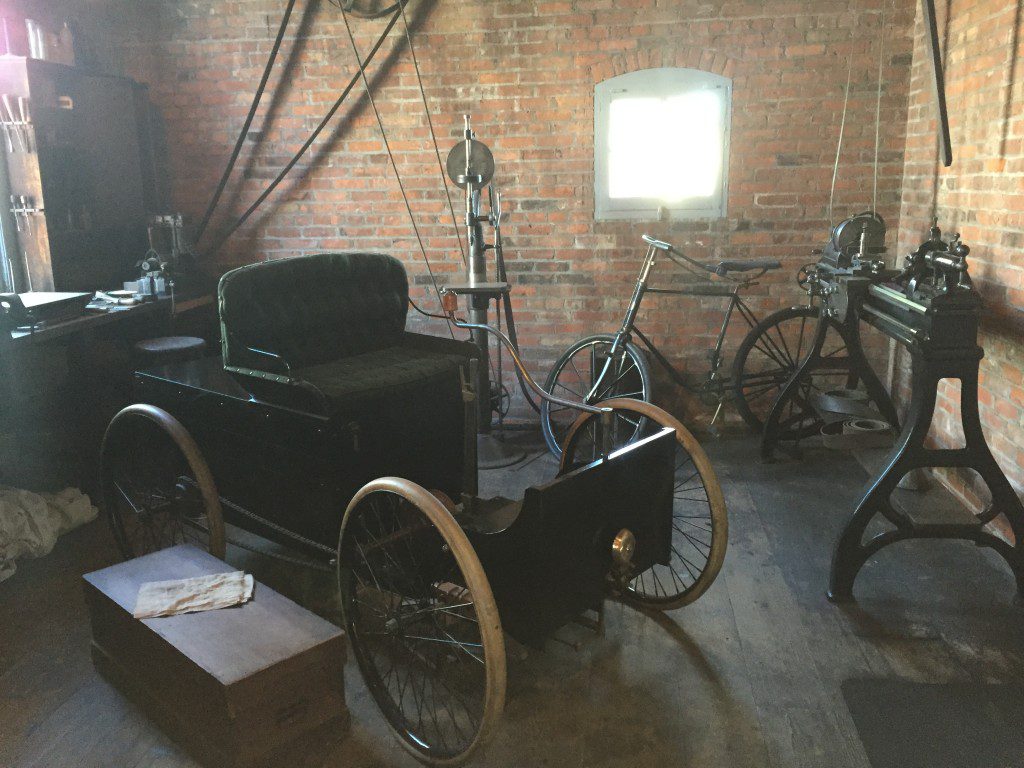
And workshop.
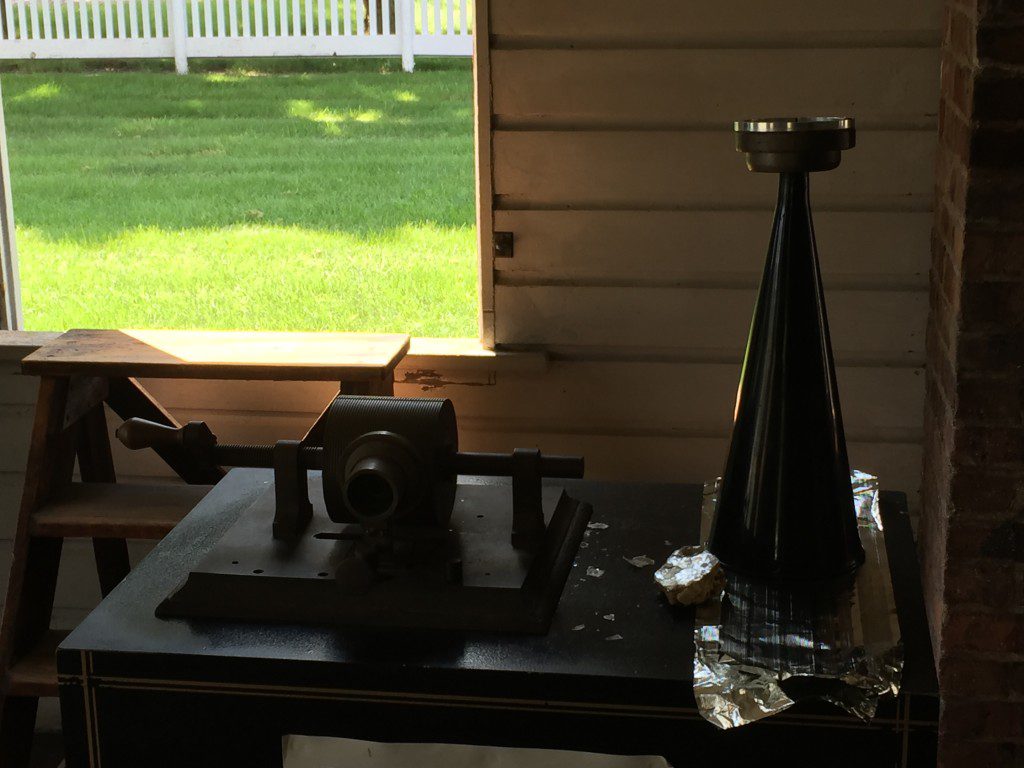
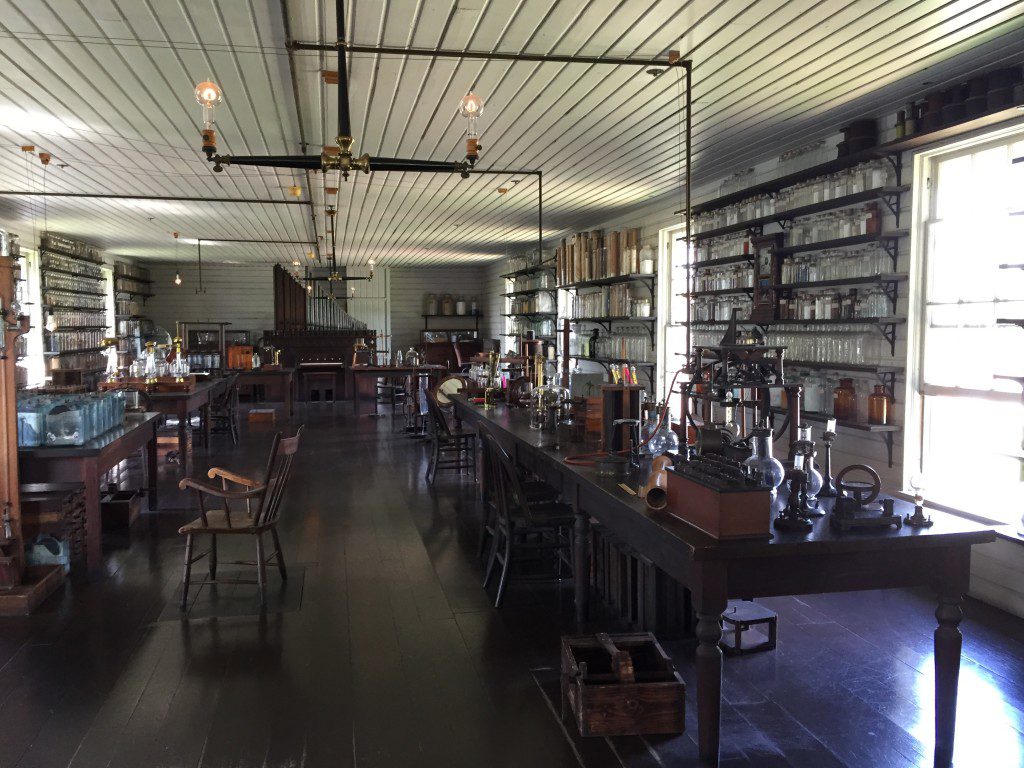
Thomas Edison’s Menlo Park laboratory.
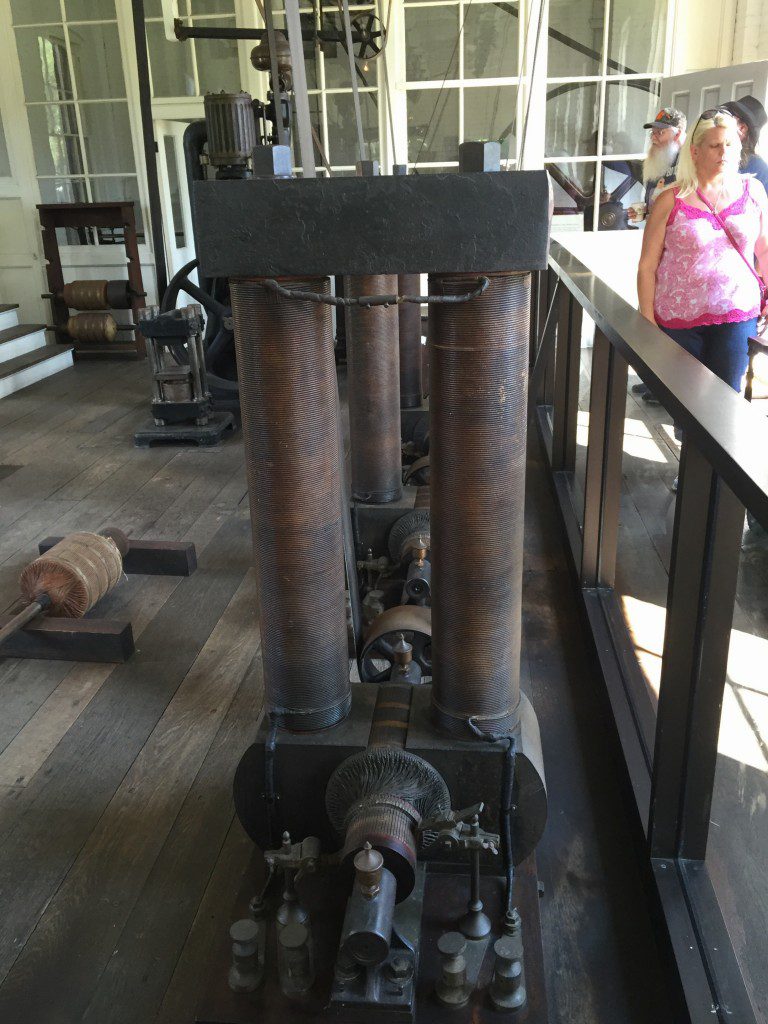
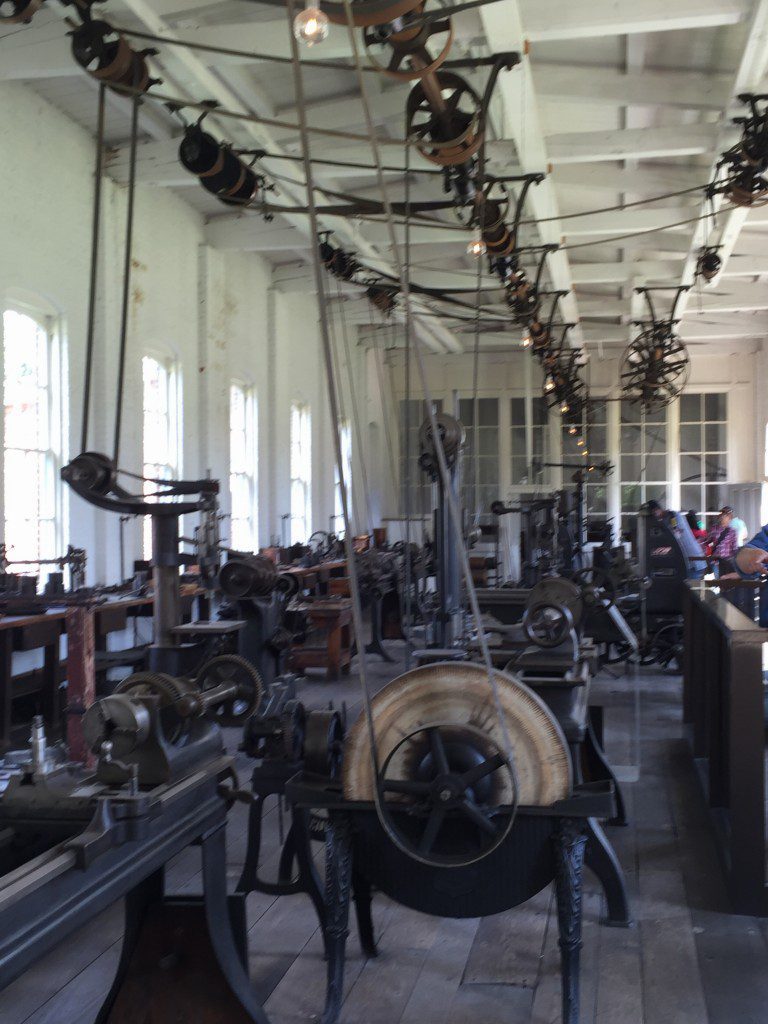
And Machine Shop.
Yes, this is Greenfield Village.
Because, while Detroit is not a tourism destination, this complex — the Greenfield Village living history museum and the Henry Ford Museum, a massive collection of historic vehicles (cars, trains, planes) and other objects — is a big deal.
This isn’t just your usual construction or transplantation of historic buildings, demonstrating pioneer or colonial days. Henry Ford created the complex by literally moving to the site a substantial number of buildings related to the history of America and especially industrial America: the Wright brothers’ bicycle shop and home, the Edison farmstead, the Firestone farmstead, the boardinghouse where Edison’s employees lived and which served as a demonstration of electrical lighting. The Edison Menlo Park complex was not original but reconstructed in close detail, and there are other historic buildings, as well as quirky, out-of-place buildings such as an English Cotswold cottage. And George Washington Carver’s reconstructed birthplace was in the form of a tribute to him rather than a faithful reconstruction of a slave cabin, though it was built based on his own memories and Carver himself visited it shortly before his death.
Incidentally, in looking for online information, I came across the blog “Greenfield Village Open Air Museum,” in which “Historical Ken” has provided details on every building on the site.
Now, we didn’t see as much of the complex as I would have liked, especially the area with the craftwork demonstrations, but, let’s face it, in the end I think what I like best about Greenfield Village is the very idea of its existence. Wikipedia gives some history: it was first opened in 1929, and opened to the public as a museum in 1933 — which is considerably older than your typical living history museum. But beyond that, rather than your typical presentation of “this is how things were done in the olden days,” Greenfield Village, and the Henry Ford Museum is a celebration of American history and American innovation. Heck, if you want to continue your celebration, you can plunk down an extra $20 to visit the Rouge assembly plant (which we did a couple years ago — it’s pretty fun, but you only see the final assembly, so nothing like my childhood memory of a loud factory where I had to cover my ears until we got through the factory floor to the nurse’s station where Mom worked at the time).
But here’s an observation for discussion: the visitors were largely white. A smattering of Asian, both Indian/Pakistani and East Asian. But rather small numbers of black/African-American visitors, and that despite the fact that the complex is located in Dearborn, directly adjacent to Detroit and just a short drive from its most integrated middle-class suburb, Southfield. Now perhaps, despite the significant numbers of middle-class blacks in the metro area, that group is still so small that relatively few can afford the ticket price ($104 for the five of us, after a 20% discount coupon printed off a website). Perhaps the jazz festival downtown was a greater draw.
Or perhaps there’s simply a cultural gulf, and the narrative of American ingenuity is much less likely to speak to them.
What do you think?


